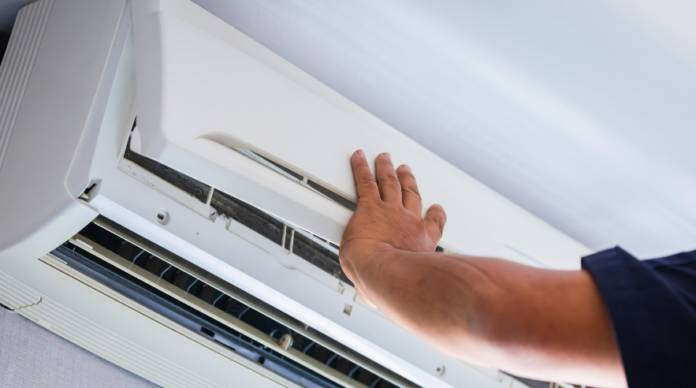When it comes to installing an air conditioning system, the rough in work plays a crucial role in ensuring its proper functioning. As an expert in the field, I have seen firsthand how important it is to get this step right. The rough in work involves the initial installation of the necessary components, such as the ductwork, electrical wiring, and refrigerant lines. This stage sets the foundation for the entire system and can greatly impact its efficiency and performance.
One key aspect of the rough in work is the installation of the ductwork. Properly sized and installed ducts are essential for ensuring that the conditioned air reaches every corner of the space effectively. Additionally, the ductwork should be properly sealed to prevent any air leaks, which can lead to energy wastage and reduced cooling efficiency. As an experienced professional, I always pay close attention to these details to ensure that the air conditioning system operates at its optimal level.
The Air-Conditioning System Rough-in Work Normally Begins
What is the Air Conditioning Rough-In Work?
When it comes to installing an air conditioning system, the rough-in work is a crucial step that sets the foundation for the rest of the installation process. The rough-in work involves the installation of various components that are essential for the system to function effectively and efficiently.
The rough-in work includes the installation of ductwork, electrical wiring, and refrigerant lines. Let’s dive deeper into each of these components and understand their importance in the rough-in work.

Preparing for the Air Conditioning Rough-In Work
Gathering the Required Tools and Materials
Before starting the air conditioning rough-in work, it’s important to have all the necessary tools and materials at hand. Here are some of the key items I gather before getting started:
- Ductwork components: This includes ducts, connectors, dampers, and insulation. Properly sized ducts are crucial for efficient air distribution, so I make sure to have a variety of sizes on hand.
- Electrical wiring: I ensure I have the right gauge of wire, wire nuts, and electrical boxes to handle the load of the air conditioning unit. Safety is my top priority, so I always follow the electrical code requirements and use appropriate wire protection.
- Refrigerant lines: These are responsible for carrying the refrigerant between the outdoor unit and indoor components. I make sure to have the correct size and length of copper tubing, as well as the necessary fittings and insulation for a leak-free and efficient system.
Additionally, I stock up on the following tools to make the rough-in work smoother:
- Tape measure and level: Accurate measurements and level installation are crucial for maximum system performance.
- Screwdrivers and wrenches: These are essential for tightening connections and securing components.
- Wire strippers and pliers: These tools help me properly strip and connect electrical wires.
- Pipe cutter and flaring tool: I use these tools to cut and shape the refrigerant lines, ensuring a secure and efficient connection.
- Drill and hole saws: These are necessary for creating openings in walls and ceilings to route the ductwork and refrigerant lines.
By gathering all the required tools and materials beforehand, I can ensure a smooth and uninterrupted installation process.
Assessing the Space for Installation
Understanding the available space is crucial when preparing for air conditioning rough-in work. Here’s how I assess the space to ensure a well-planned installation:
- Site survey: I conduct a thorough site survey to determine the layout of the space, including any obstacles or potential challenges that might affect the installation.
- Measure dimensions: I measure the available space to determine the appropriate size and layout for the ductwork, electrical wiring, and refrigerant lines.
- Evaluate structural elements: I assess the location of studs, joists, and other structural elements that could affect the routing of the ductwork and wiring. It’s important to ensure that the installation does not compromise the integrity of the structure.
- Consider airflow: I take into account the airflow requirements to determine the best placement of the air conditioning unit, return air vents, and supply registers. This ensures optimal air circulation and cooling comfort.
By conducting a thorough assessment of the space, I can anticipate any challenges and plan the installation process accordingly.


